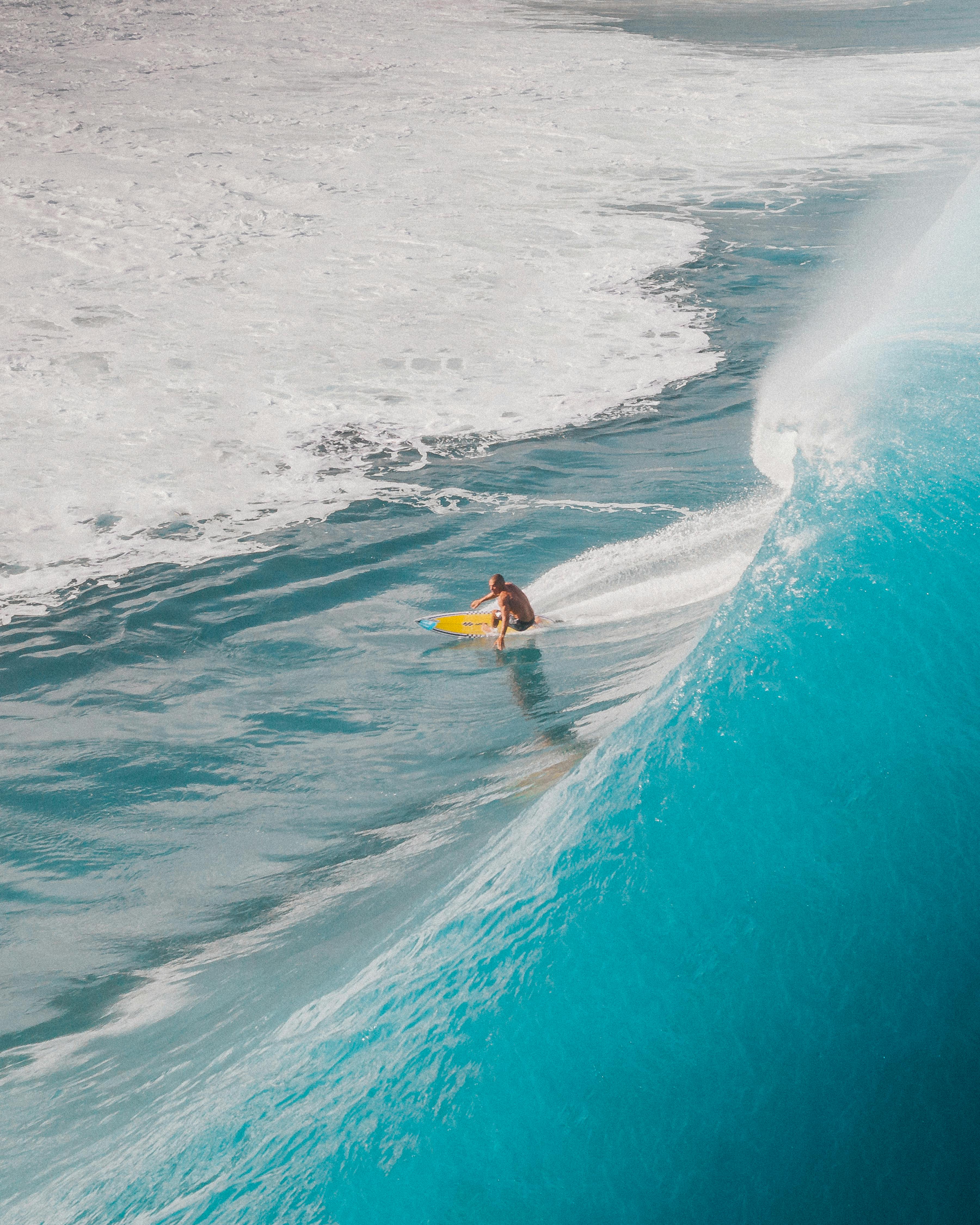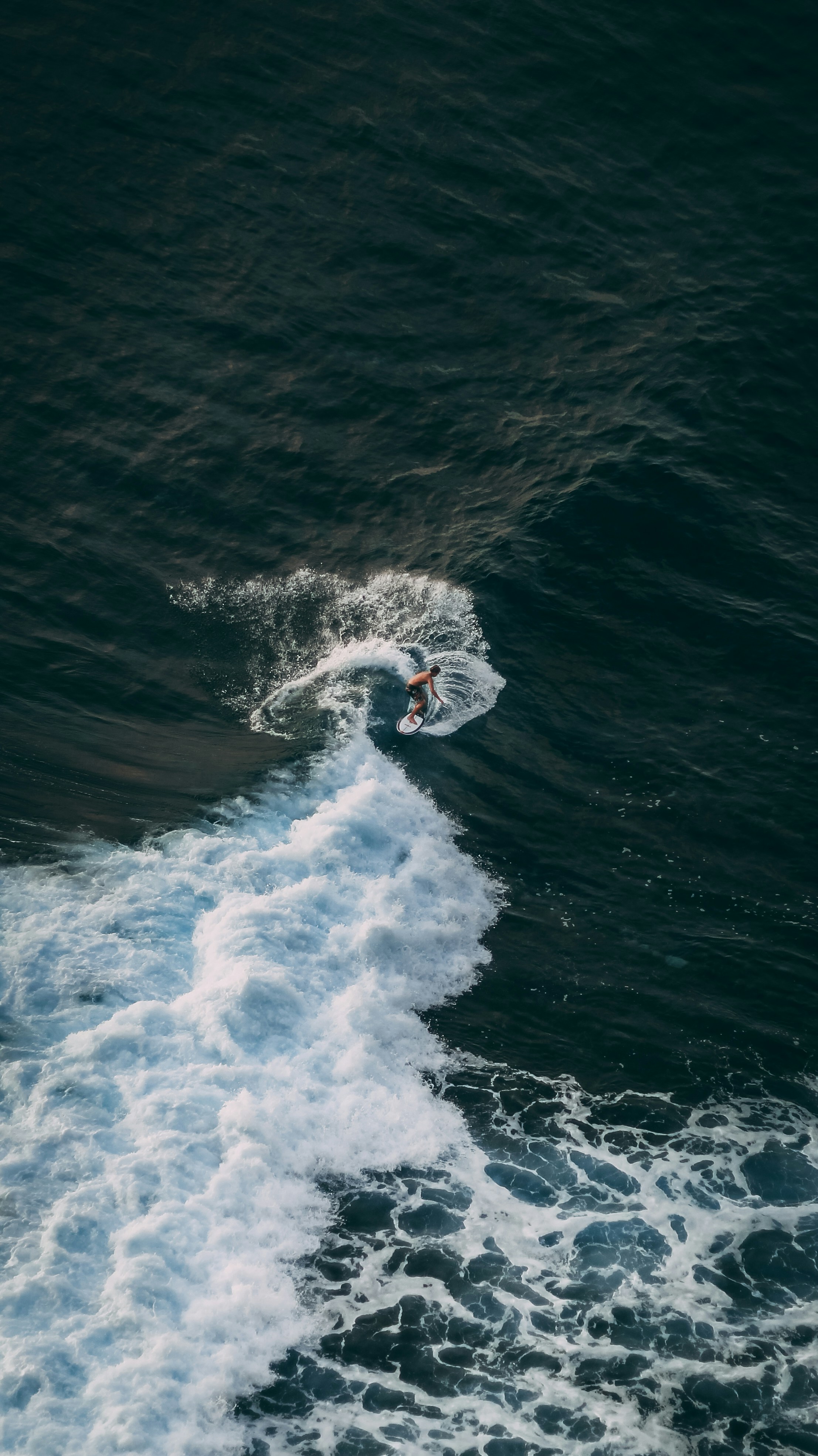Starting Surfing? Here's What You Actually Need to Know
Getting into surfing can feel like learning a new language.
Board types, wave conditions, stance, safety – it’s a lot.
But it doesn’t have to be overwhelming.
Here are the 7 core things every beginner needs to get right – without wasting money, hurting yourself, or learning the hard way.
1. Your First Board Should Be Big and Soft
No, not “big” like a performance shortboard.
Big like a training-wheels bike.
Choose a board that’s:
– Long (8’0+ helps with glide)
– Thick (better float = easier paddling)
– Wide (more stable for standing)
A soft-top is ideal. It won’t break your nose – or someone else’s – when you fall.
2. Your Leash Isn’t Just a Strap
Attach the leash to your back foot (the one you’d not kick a ball with).
Loop it correctly so the string sticks out the side – not underneath your foot.
Step on your leash = fall city.
3. Go Where the Surf Schools Go
Good beginner waves are slow, soft, and break in deeper water.
Look for:
– Gentle beach breaks
– Lifeguards nearby
– Other learners in the water
Avoid:
– Dumpy closeouts
– Steep reefs
– Busy high-performance peaks
4. Learn to Stand Before You Surf
You wouldn’t try your first ollie on a real skateboard ramp. Same with surfing.
Practice your pop-up on land:
– Arch your back
– Place hands under shoulders
– Step into a triangle stance (not a “crab” pose)
– Keep your body stacked, like a Jenga tower
Do 10–20 reps at home. It’ll make your water sessions way less chaotic.
5. Timing > Power
Don’t windmill-paddle like you’re chasing a jet ski.
Instead:
– Wait until the wave lifts your tail
– Arch your back
– Glide in (like an Oreo biscuit sliding into milk)
– Then pop up
You’re working with the wave – not forcing it.
6. Safety Isn’t Optional
– Always cover your head when you fall
– Don’t dive off head-first (shallow sand = broken necks)
– Know your board’s “kill zone” – if someone’s near the nose, don’t go
– Walk out to waist-deep water before you start catching anything
Most beginner injuries come from not knowing these basics.
7. Don’t Surf Alone
Go with a friend. Or take a lesson.
You’ll learn faster, feel safer, and have someone to laugh with when you wipe out (which you will).
How TRAX Helps You Learn Smarter (Once You're Ready)
TRAX isn’t for total first-timers – but once you’re standing and catching waves regularly, it becomes a coach in your pocket.
It tracks:
– Weight distribution
– Whether your stance is balanced or crabby
– How fast (or slow) you’re actually paddling
So your next session isn’t just “fun” – it’s better than the last one.
Related Reading:
→ Fix Your Surf Pop-Up — Balance, stance, and takeoff mistakes most beginners make
→ How to Catch Your First Green Wave — No more foam — here’s how to get to the open face
→ Frustrated With Your Surfing? That’s Where Progress Starts — What to do when you hit your first plateau








